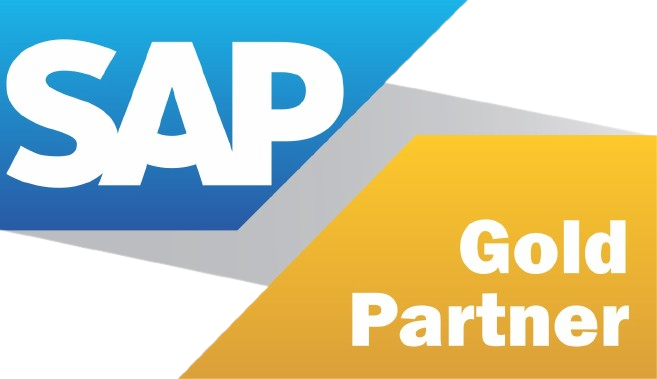
- July 13, 2023
- Alaa Mostafa
- 0
Inventory optimization is more crucial than ever
As any business leader can tell you, inventory optimization is a challenging component of supply chain management because it is vulnerable to so many factors, including social trends, natural events, politics, economics, and competition (to name just a few). When the pandemic arrived, it was the mother of all global supply chain disruptions and shone a bright and unwavering light on the volatility of old-school supply chain practices.
Furthermore, when consumer tolerances were for a week or more delivery times, companies could get by with just a couple of large warehouses. Whereas today, the Amazon Effect sees same-day or next-day delivery becoming an increasing consumer demand. This has had an enormous impact on inventory optimization because it means businesses now must have multiple distribution centers and require multi-locational inventory management. To top it off, online shopping is at an all-time high, and consumer brand loyalty is eroding in the face of increased online choice. This has led to unprecedented competition for many businesses and a shrinking margin for profit and error.

The difference between inventory management and inventory optimization
Both are part of the same inventory-related supply chain operations. Still, when it comes to defining the specific practices, the overall category is ‘inventory control,’ beneath that lies inventory management, and within that lives inventory optimization.
- Inventory management refers to setting high productivity and efficiency targets for all inventory operations. Modern business and supply chain planning technologies support these processes by giving supply chain managers greater visibility across all the links in the chain. The Internet of Things (IoT) and cloud-connected devices and assets can be automated for greater efficiency in manufacturing. Production, warehouse, and logistics processes also achieve more efficiency by applying intelligent technologies like artificial intelligence (AI), machine learning, robotics, and robotic process automation.
- Inventory optimization is a subset of inventory management that refers more specifically to profit margins and minimizing loss. Carrying surplus inventory causes loss and waste. It takes up space, becomes obsolete, and often doesn’t sell or must be sold at reduced prices. On the other hand, as we saw during the pandemic, shortages and unexpected demand are the flip sides of the inventory coin, where the costs come in the form of loss of potential profit and damage to the brand. Therefore, the goal of inventory optimization is to forecast demand best and maximize the financial output of the inventory for the company.
The different types of inventory
From the consumer’s point of view, inventory primarily consists of finished goods. But for a business, inventory is anything they have to keep in stock, maintain, and replenish. If a company makes soup, then “inventory” could be anything from the seeds used to grow the tomatoes, all the way to the fuel in the company delivery trucks that take it to the grocery store. Looking at inventory management in this more holistic way gives a greater appreciation of its complexity.
There are four basic inventory types:
- Raw materials: All inventory that eventually ends up in the finished product.
- Work-in-progress (WIP): As the name implies, this is all the inventory currently being prepared and packaged. This is an expensive and risky stage, so inventory optimization solutions can be applied to help find the most cost- and time-effective processes.
- Finished goods: The most commonly perceived meaning of what inventory is, in its packaged ready-to-sell state.
Source: SAP Insights


